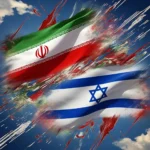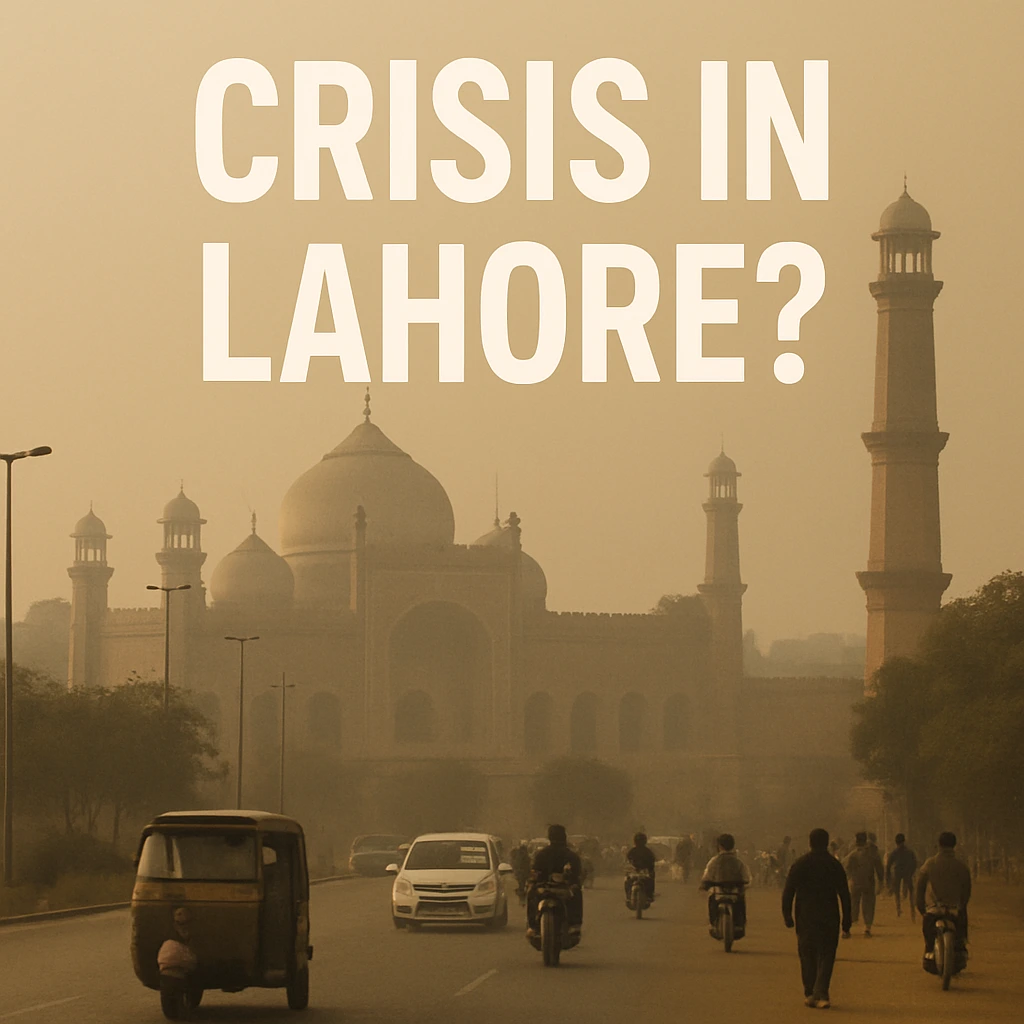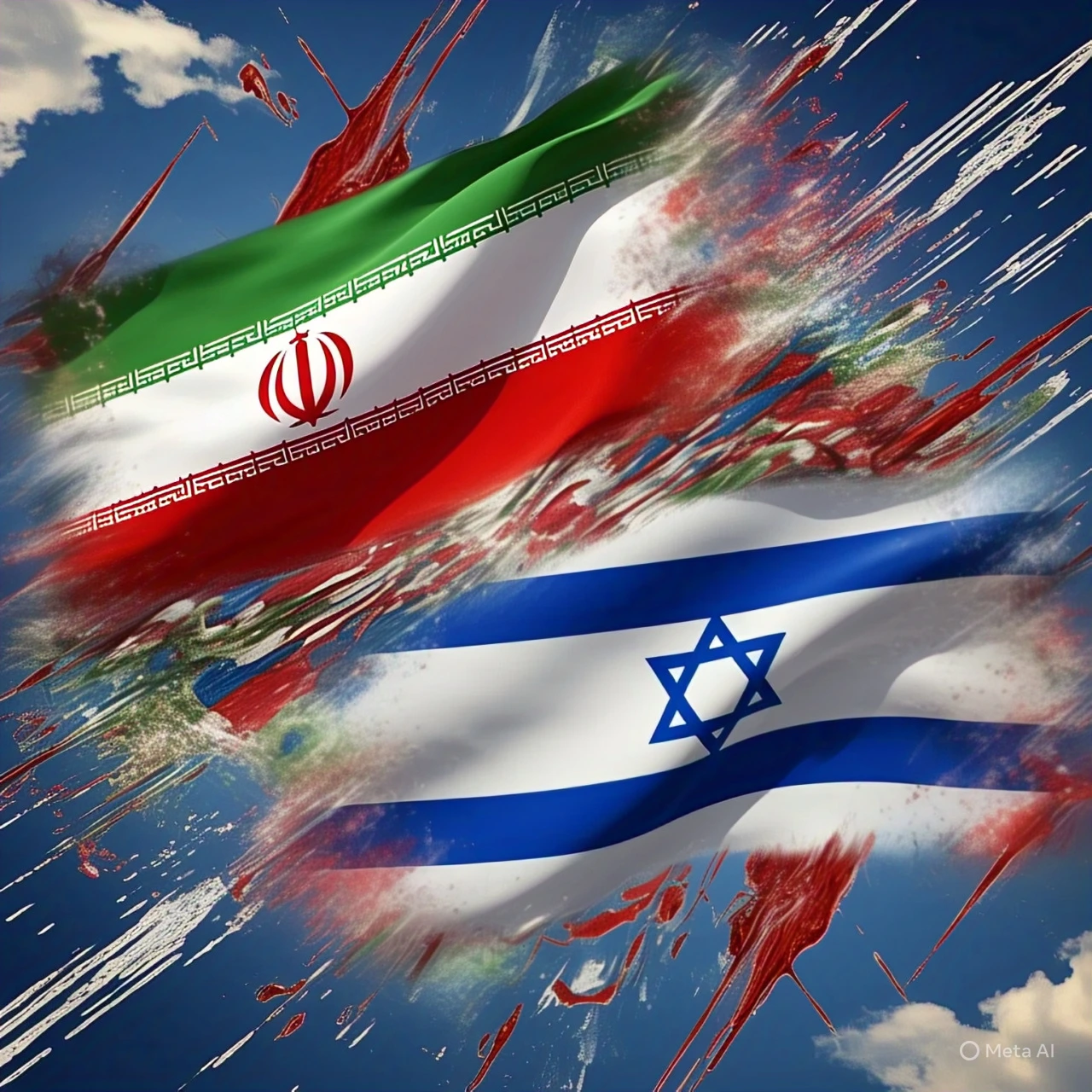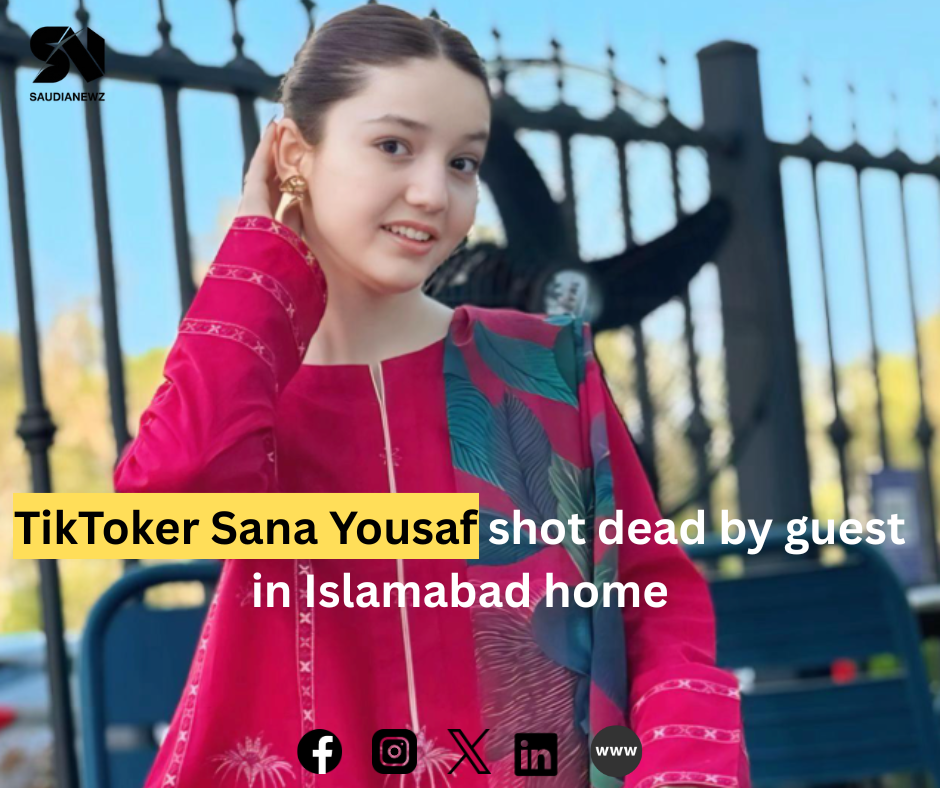The Water Crisis and Urban Development: A Critical Look at the Ravi Riverfront Project
In a world where resources are rapidly depleting, water has become one of the most contested commodities. Countries are building dams, fighting over water rights, and implementing controversial development projects to secure this precious resource. The ongoing water crisis is impacting nations at global, provincial, and even city levels. Pakistan is no exception to this reality, especially Lahore, where the Ravi Riverfront Urban Development Project represents both the challenges and contradictions of modern urban planning.
Understanding Pakistan’s Water Challenge
Pakistan, despite being an agricultural economy, annually imports wheat due to resource mismanagement. The country’s major cities face severe water shortages, with tanker mafias controlling distribution in places like Karachi. In mountainous regions, water access has always been difficult, but now urban centers are facing unprecedented pressure as well. The water table in Lahore has been steadily declining over the past 25-30 years. Decades ago, the water level was much higher and closer to the surface. However, as the population has grown in an unplanned manner, the increasing burden on resources has caused the water table to drop significantly.
The Evolution of the Ravi Riverfront Project
Initial Concept
During Musharraf’s era, the Punjab government conceived a plan to control the water table crisis by constructing a barrage on the Ravi River near Lahore. However, this initiative was temporarily shelved when his government ended.
Revival Under PML-N
In 2013, the PML-N government revived the project with a modified approach. Since the government lacked funds, they proposed developing housing projects around the barrage, partnering with private entities to generate revenue. This approach faced criticism from political parties who viewed it as a speculative real estate project benefiting the ruling elite.
Transformation Under PTI
When PTI came to power in Punjab, they introduced the Ravi Urban Development Authority (RUDA). Unlike the Lahore Development Authority (LDA), RUDA was established as an autonomous body with minimal oversight. Despite being initially declared illegal by the High Court, the Supreme Court provided relief, allowing the project to continue where land acquisition was consensual.
The Scope and Scale of the Project
The project encompasses approximately 102,000 acres – roughly a quarter of Lahore’s current size of 44,000 acres. Essentially, this means creating a new city adjacent to Lahore. The estimated budget is 5 trillion rupees, with a projected completion time of 30 years (2022-2052). Given the government’s track record with other housing projects that faced significant delays, the actual timeline might extend to 60-70 years. The development includes both residential areas and the barrage itself, making it a dual-purpose project:
- Building a barrage to address Lahore’s water needs
- Developing a speculative real estate market
Environmental and Social Impacts
Ecological Destruction
The project will destroy:
- 2,000 acres of forest
- 76,000 acres of fertile farmland
- Habitats for 116 animal species and 147 plant species
This environmental devastation occurs at a time when Pakistan already struggles with food security, regularly importing wheat despite being an agricultural economy.
River Damage
The project straightens the natural bends of the Ravi River, which increases downstream flood risks. When water is released from the barrage, it will gain speed, potentially causing damage to weaker embankments downstream – similar to the devastation recently witnessed in Rahim Yar Khan. The straighter water channel increases water flow speed, leading to greater erosion of riverbanks. This means maintenance and repairs that might have been needed every 10 years will now be required every 2-3 years, making the project labor-intensive and costly to maintain. The project also disconnects the river from its natural flood plains that have existed for centuries in Punjab. In case of heavy rainfall or increased water flow, the altered river bed will provide no natural outlet, potentially requiring additional mini-reserves along the way – significantly increasing the project’s cost.
Air Quality Concerns
Lahore already suffers from severe smog issues. Adding what amounts to a new city with extensive construction and eventually housing over a million more people will further deteriorate air quality, potentially making the city unlivable – similar to the situation in Karachi, where pollution and poor planning have created severe living conditions.
The Humanitarian Crisis
Thousands of small farmers have been forcibly evicted from their lands. The base compensation price of around 5 lakh rupees is insufficient for sustainable living. Farmers have repeatedly claimed that police, land mafia, and the Frontier Works Organization (FWO) have used pressure tactics and intimidation against them. This situation echoes what happened during the construction of the Orange Line Metro Train in Lahore, where people were forcibly removed with virtually no compensation, ruining hundreds of lives. However, the scale of displacement in the Ravi project is much larger, affecting farmers who have no alternative source of income.
Governance Issues with RUDA
RUDA has been granted unprecedented cross-sectional powers, allowing it to interfere with and extract resources from various departments. When challenged about these sweeping authorities, RUDA representatives claim such clauses are normal, referring to Section 4(2) of the law that states any state authority can be sued. However, in practice, the grounds for legal action against RUDA have been severely limited.
Construction Standards
RUDA has the authority to define its own construction standards, potentially allowing developments that would be prohibited under normal regulations. For example, while LDA might limit buildings on a canal-sized plot to four stories, RUDA could permit ten-story buildings on the same land area. This has catastrophic implications for infrastructure. Using Gulberg as a case study, when an area planned for single-family homes with 5-7 residents suddenly houses 82 apartments or 100 commercial shops, the existing sewage, water, and gas pipelines cannot handle the load. This creates choked systems and residential hazards, requiring billions more to fix problems that shouldn’t exist in the first place.
Lack of Transparency
RUDA has kept details about its private partners opaque. Given Pakistan’s history with unethical housing developers who commit fraud, use substandard materials, and fail to deliver promised amenities, this lack of transparency is concerning. If a developer commits fraud worth billions of rupees, who will be held accountable? According to the Human Rights Commission of Pakistan (HRCP), fake consultations have been conducted, and actual stakeholders were never properly consulted. Even more troubling, the company hired for the ecological survey – Engineering Consultancy Services Punjab (Pvt) Ltd – wasn’t on the Environmental Protection Agency’s approved vendor list.
A More Sustainable Alternative
The genuine water issue in Lahore requires a different solution than creating a massive new urban center for 1.2 million more people. Instead of concentrating development in Lahore, Punjab needs multiple urban centers. The government acknowledges that the barrage project will take 30 years to complete. In that same timeframe, Punjab could develop cities like Faisalabad, Gujranwala, Sialkot, Multan, Bahawalpur, Khanewal, and Narrowal, reducing the migration pressure on Lahore. Historically, Punjab’s government has focused excessively on over-developing Lahore while neglecting other areas. This approach isn’t sustainable. The Metro Line was built, but rural-to-urban migration has already overwhelmed it.
Conclusion
Water scarcity is a global challenge that will only worsen in the coming years. The solution isn’t to concentrate more people in already strained urban centers but to distribute population density across multiple cities. This reduces the burden on existing resources in any single location. For Pakistan’s sustainable future, the development of multiple cities across Punjab, Balochistan, Sindh, and KPK is essential. Currently, there’s undue pressure on Karachi and Lahore, with people preferring to live in Quetta in Balochistan and Peshawar in KPK rather than other areas of those provinces. The Punjab government should reconsider the Ravi Riverfront project and instead focus on controlling rural-to-urban migration to Lahore by developing other cities. The 5 trillion rupees earmarked for this project could incentivize private parties to develop different cities, helping both the government and allowing companies to profit through diverse businesses including real estate. The ultimate need for Punjab and Pakistan is the development of multiple sustainable cities rather than expanding existing urban centers beyond their capacity.
Share Your Thoughts
Are you concerned about water scarcity in your region? Do you think mega development projects are the solution or part of the problem? Share this article with your community and join the conversation about sustainable urban planning and water resource management. Together, we can advocate for development that serves people without destroying our ecological future.
Read More:











